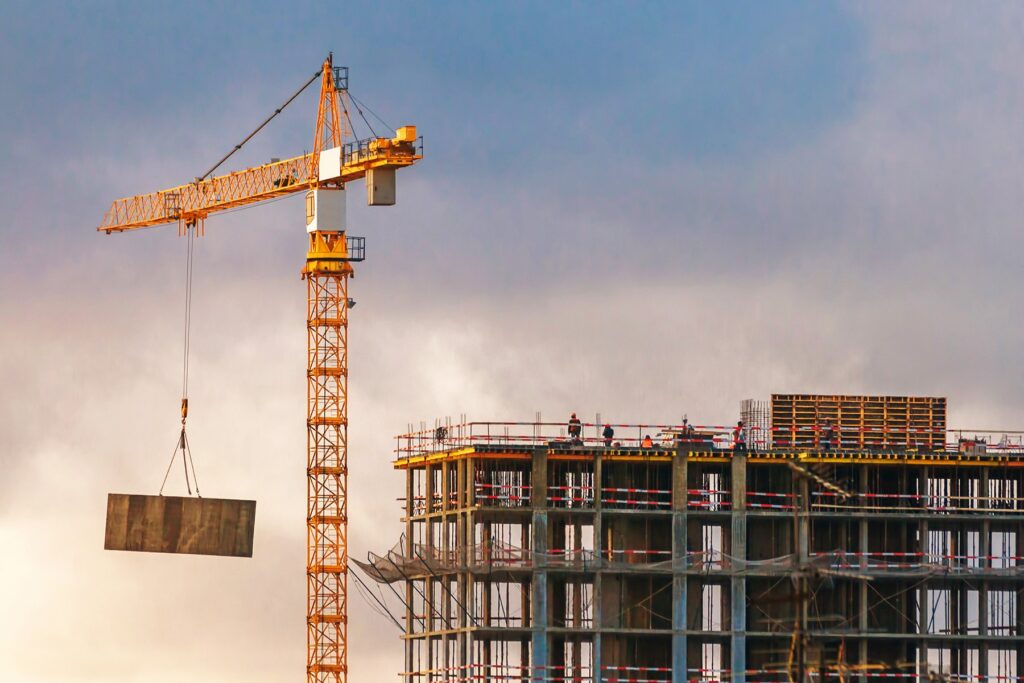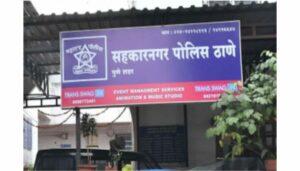Water Woes Persist: Pune Builders Slow to Embrace Treated Sewage in Construction

Sumit Singh & Tikam Shekhawat
Pune, 4th April 2024: Despite the Pune Municipal Corporation’s directive mandating the use of treated sewage water for construction purposes, builders continue to rely predominantly on potable water due to logistical challenges and concerns. The corporation’s initiative, initiated on January 10, 2022, aimed to alleviate pressure on the city’s potable water supply.
However, in the ensuing two and a half years, adoption of treated wastewater remains minimal among construction professionals, prompting municipal authorities to issue warnings regarding potential construction halts.
According to Rajendra Bhosle, Municipal Commissioner and Administrator, the reluctance of construction professionals to embrace treated sewage water could exacerbate water scarcity in Pune.
According to officials and experts, water plays a pivotal role across various stages in construction projects. While potable water is mandated for mixing cement and other construction materials, recycled water can be integrated once the cement has set. However, due to logistical constraints and uncertainties surrounding the availability of treated water, builders often revert to potable water, resulting in a mere 30 to 35 percent utilization of recycled water in total construction.
Municipal records indicate the presence of ten sewage treatment plants, with one under construction. Despite efforts to augment capacity, challenges such as narrow access roads hinder optimal utilization of these facilities. Approximately 450 million liters of water are treated daily across eight operational plants, with an enhanced capacity of 567 million liters.
Since the implementation of the directive in January 2022, the Municipal Corporation has supplied 31,947 tankers of treated sewage water through eight plants, totaling 319.47 million liters. However, considering the typical water demand for construction, estimated at 18 lakh liters for a project involving 50 flats and spanning 50,000 square feet, the utilization of treated water remains suboptimal. Issues such as the odor of treated water, the need for costly infrastructure for its separate distribution, and concerns regarding timely availability contribute to builders’ hesitance.
Additionally, health concerns among workers due to the perceived risks associated with treated water further complicate its adoption. Despite the corporation’s efforts to promote sustainable water usage in construction, overcoming these challenges remains imperative to address Pune’s burgeoning water scarcity concerns.





